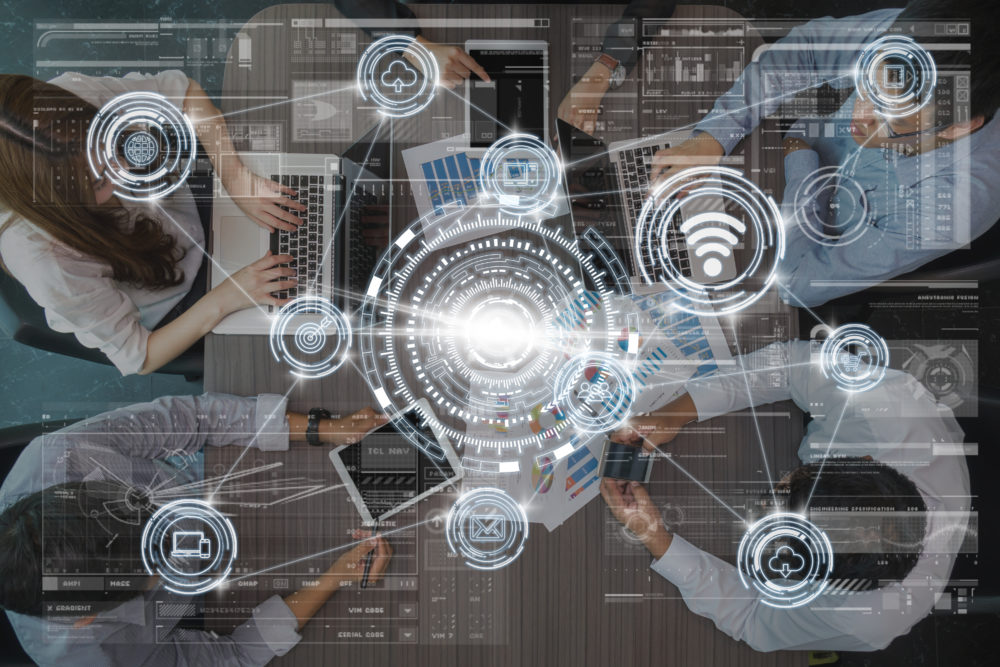Stop saying we’re entering “the new normal.” We’re in what HOK director of workplace Kay Sargent prefers to call “the new now.”
“There’s nothing normal about what we’re going through right now,” said Sargent during the opening session of the second day of the Almo E4 Evolution virtual event this morning. “We’re living in a time when things are changing faster than they ever have, even while other things are moving so slowly.”
Remote workers, said Sargent, generally work one to three more hours while they’re at home than when they’re in the office, in some ways a function of having extra time that’s not tied to sitting in traffic going to and from work. But not everyone has a sustainable place for remote working long-term.
Related: Future Workplaces Rely on AI, IoT and Other Data Collection
That includes young people who live with their parents or multiple roommates or those who just plain would rather work in an office than try to find a permanent solution to working from their homes, said Sargent.
“Remote work will absolutely play a role going forward, but a whole lot of people can’t or don’t want to work from home,” she said. “It should be an option, not a binary either/or situation.” With a mixed work arrangement, “you’ll appreciate your time in the office and you’ll appreciate your time at home.”
The transformation of the business world going forward “isn’t just about the workplace. It’s about the workforce,” said Sargent.
Reimagining the Ecosystem
The idea of returning to the office is a flawed notion, since there were so many elements that weren’t working well enough even before the COVID-19 outbreak.
“We need to be reimagining the ecosystem,” she said.
Business leaders need to help workers who are dealing with high levels of stress and burnout, address the underutilized and inflexible space in their offices, focus on increased cleanliness, turn productivity into innovation, stay socially connected but safe and embrace the rapid evolution of technology.
The five big issues that are in the crosshairs are: health and safety, remote work, the purpose of place, business resiliency and environment and governance.
Creating an ecosystem of spaces—ranging from home to the spoke to the hub—will be a better long-term strategy than simply thinking about and focusing on going back to the office, said Sargent.
“Most of us are doing this already, but we need to put the policies and procedures in place,” she said. “When we’re designing spaces, we’re doing it for five to 10 years from now.” That means you need to be thinking about fledgling technologies with staying power or keep the design flexible to be able to add.
Personal and group mindfulness, divergent creativity, enhanced acoustics and membership models for furniture and other office equipment are emerging opportunities for business leaders. The future will bring biometrics, augmentation, robotics, holograms and sabbaticals to the forefront, said Sargent.
“If we don’t address the problems we’ve had, this could truly be our Kodak moment,” she said.






































